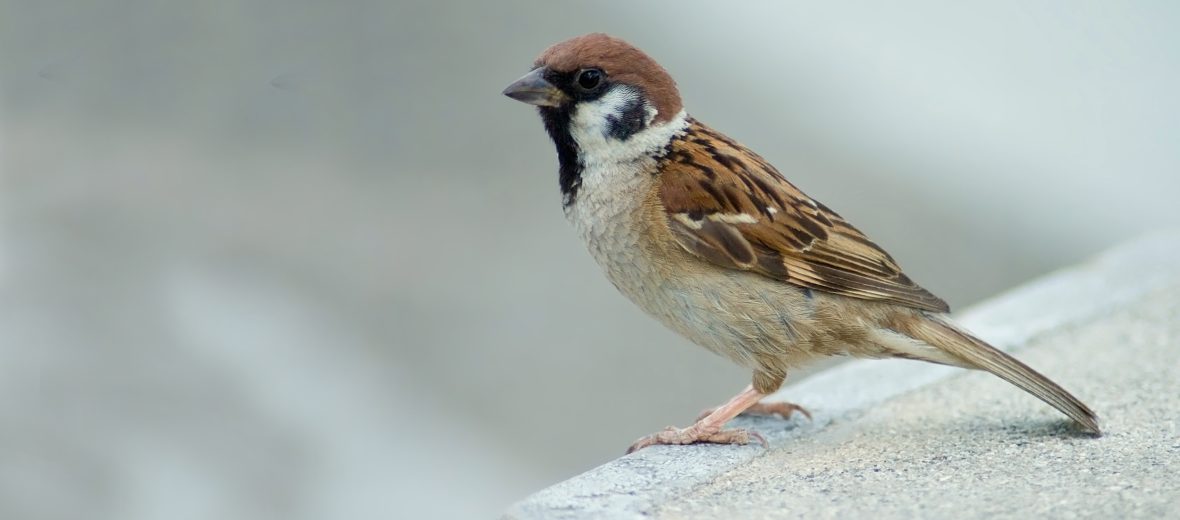
The Eurasian tree sparrow, aka German sparrow or tree sparrow, has a massive population across their ranges. They can be found throughout Europe and Asia. These birds are also found in Africa, Australasia, and have been introduced to Australia. With an estimated population of around 310,000,000, these birds are listed as Least Concern by the IUCN. Their populations are decreasing though.
First the Stats…
Scientific name: Passer montanus
Weight: Up to .85 ounce
Length: Up to 5.5 inches
Wingspan: Up to 8.3 inches
Lifespan: Up to 13 years
Now on to the Facts!
1.) Eurasian tree sparrows prefer wetland habitats, but they have also adapted well to urban and suburban environments.
2.) These birds are social and can be found in large congregations.
3.) Tree sparrows are diurnal (active during the day).
4.) They are considered to be both foragers (searching for food and feeding on the finds) and scroungers (joining other flocks of birds who have already discovered food).
5.) They have a couple of calls: a “tschip” call and a “teck” call.
But wait, there’s more on the Eurasian tree sparrow!
6.) A group of sparrows is called a crew, host, meinie, flutter, quarrel, or tribe.
7.) Nests are built in various natural cavities, holes in buildings, or the abandoned magpie and white stork nests.
Did you know…?
Sparrows, generally speaking, can fly upwards of 28 mph.
8.) Females lay up to 6 eggs that hatch in up to 2 weeks.
9.) Being primarily herbivores (eat plant matter), and more specifically granivores (eat seeds), these birds will also feast on the occasional insects, woodlice, centipedes, spiders, millipedes, and harvestmen.
10.) Falcons and owls prey on these little critters.
Now a Short Eurasian Tree Sparrow Video!
Video courtesy of Avibirds.
Be sure to share & comment below! Also, check out the Critter Science YouTube channel. Videos added regularly!
Want to suggest a critter for me to write about? Let me know here.
Photo credit: Laitche



